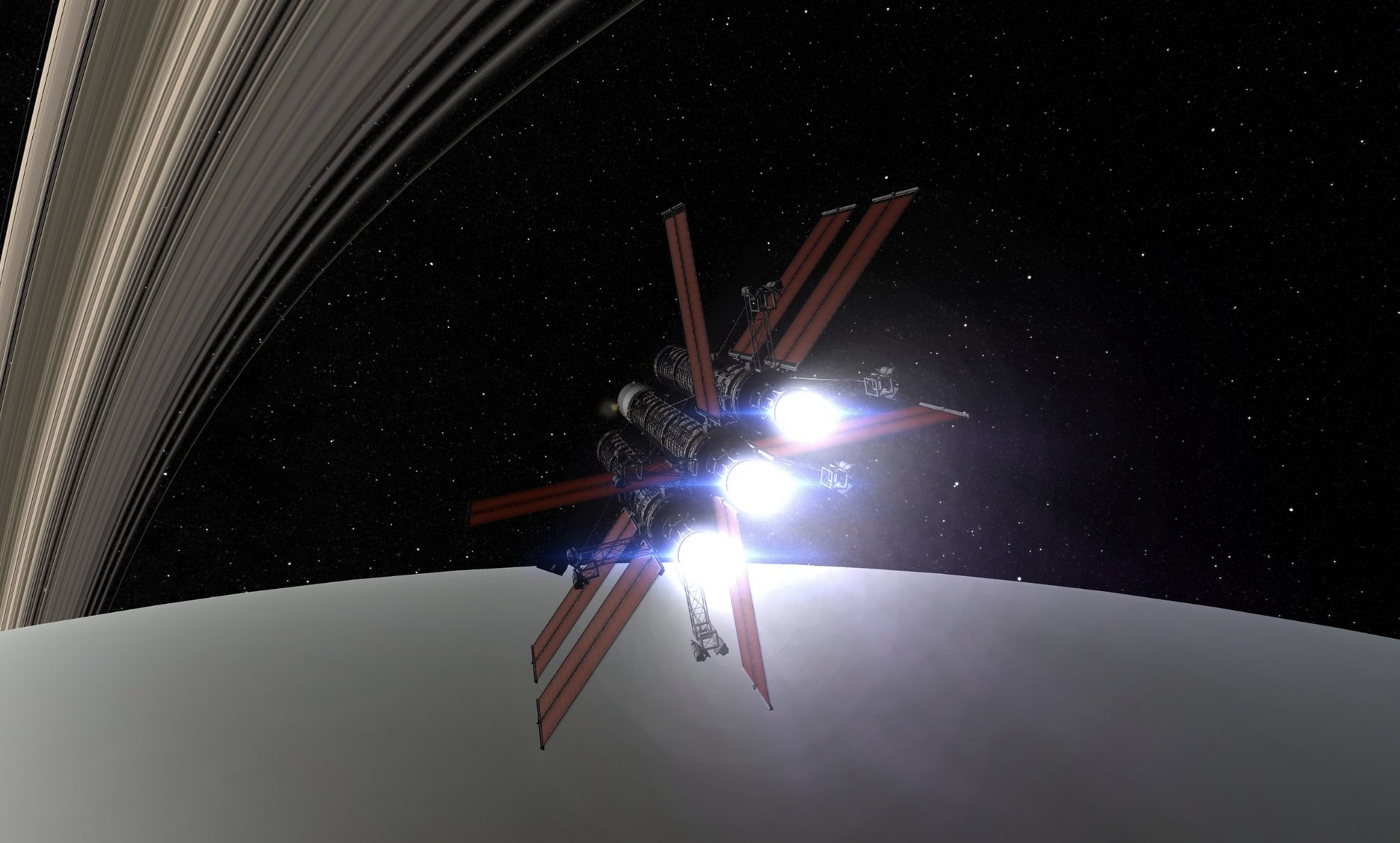Practical Interstellar Travel: Could Nuclear Rockets Be the Key?
Interstellar travel – the dream of reaching other star systems – has long captivated humanity. While warp drives and wormholes remain firmly in the realm of science fiction, more practical approaches are being explored. One promising candidate that's generating significant buzz among scientists and engineers is the nuclear rocket. Could this technology be the key to unlocking interstellar exploration within our lifetimes? Let's delve into the possibilities.
The Promise of Nuclear Propulsion for Interstellar Missions
Traditional chemical rockets, while powerful, simply lack the thrust and fuel efficiency needed for interstellar voyages. The distances are vast, and the travel times using current technology are measured in millennia. Nuclear propulsion offers a significant leap forward by providing:
- Higher Specific Impulse: Nuclear rockets boast a much higher specific impulse (Isp) than chemical rockets. Isp measures the efficiency of a rocket engine – a higher Isp means more thrust for a given amount of propellant. This translates to faster travel times and the ability to carry heavier payloads.
- Increased Payload Capacity: With greater efficiency, nuclear rockets can deliver significantly larger payloads to distant destinations. This is crucial for carrying scientific instruments, life support systems, and potentially even human crews.
- Shorter Travel Times: While still long by Earth standards, nuclear propulsion drastically reduces travel times compared to chemical rockets, bringing interstellar destinations within a more realistic timeframe – potentially centuries rather than millennia.
Types of Nuclear Rockets
Several designs for nuclear rockets are under consideration, each with its own set of advantages and challenges:
- Nuclear Thermal Rockets (NTRs): These rockets heat a propellant (like liquid hydrogen) using a nuclear reactor, creating extremely hot gas that is expelled to generate thrust. NTRs are considered a relatively mature technology, with prototypes having been tested in the past.
- Nuclear Pulse Propulsion (NPP): This concept involves detonating small nuclear bombs behind the spacecraft, using the resulting shockwave to propel it forward. While offering incredibly high thrust, NPP presents significant safety and environmental concerns.
- Nuclear Fusion Rockets: This futuristic approach would utilize nuclear fusion reactions – the same process powering the sun – to generate immense amounts of energy for propulsion. While highly promising, fusion technology is still in its early stages of development.
Overcoming the Challenges of Nuclear Rocket Technology
Despite the potential benefits, several hurdles must be overcome before nuclear rockets become a reality:
- Safety Concerns: The use of nuclear materials necessitates stringent safety protocols to prevent accidents and mitigate potential environmental risks. Shielding the crew and payload from radiation is another crucial design consideration.
- Technological Development: While NTRs are relatively mature, significant engineering challenges remain in improving their efficiency, reliability, and safety. Fusion rockets, in particular, require further breakthroughs in fusion technology.
- Political and Regulatory Hurdles: The development and deployment of nuclear rockets would likely face significant political and regulatory hurdles, requiring international cooperation and agreement on safety standards.
The Future of Interstellar Travel: A Nuclear Dawn?
Nuclear propulsion presents a compelling pathway towards interstellar travel, offering a more practical approach than currently available technologies. While challenges remain, ongoing research and development suggest that nuclear rockets could become a crucial tool in humanity's exploration of the cosmos. Further investment in research and development, coupled with international collaboration, is essential to overcome the remaining obstacles and usher in a new era of interstellar exploration. The journey to the stars may be long, but with nuclear rockets, it’s becoming increasingly less improbable.
Further Reading:
Call to Action: Stay updated on the latest advancements in nuclear rocket technology by following reputable space exploration news sources and research institutions. The future of space travel is being written, and you can be a part of the story.
